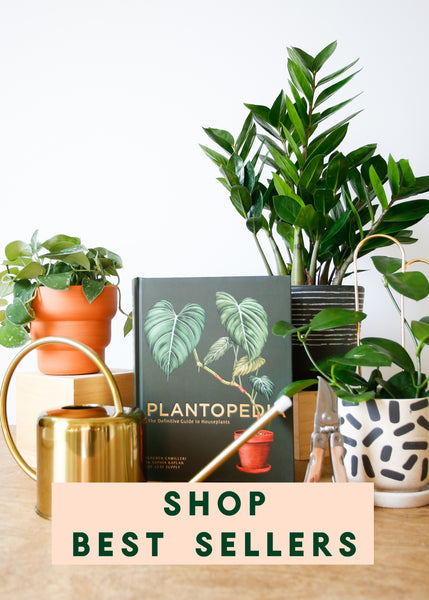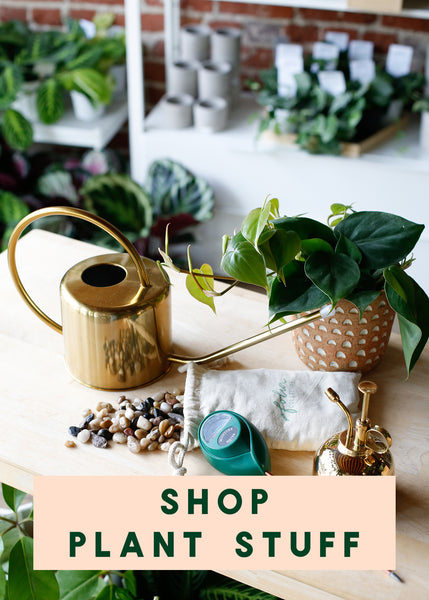Plant Know-How: Philodendron 'White Princess'

Another Philodendron that was once difficult to find without paying a small fortune, we've been excited to find Philodendron 'White Princess' at more reasonable prices recently! A striking, self-heading Philodendron, 'White Princess' has green and white variegation on the leaves, with white and pink variegation along its green stems. That stem variegation is one of the easiest ways to tell it apart from its Philodendron relatives 'White Wizard', which has only white variegation on green stems; and 'White Knight', which has dark burgundy stems similar to P. 'Rojo Congo'.

HOW TO CARE FOR PHILODENDRON 'WHITE PRINCESS':
Light Requirements for Philodendron 'White Princess': this plant needs bright indirect light to maintain strong variegation/color. It can even take an hour or two of direct sun- as long as it's in the morning, or late afternoon. Avoid full sun with this plant.
Watering Tips for Philodendron 'White Princess': Allow the top 1/3 of the soil to go dry before watering. If you need some help knowing when to water your plant a moisture meter is a helpful tool that can take out some of the guesswork!
The Best Soil for Philodendron 'White Princess': Your plant will grow best in a chunky, well draining soil mix. Our Folia Favorite Potting Mix is a great choice!
Is Philodendron 'White Princess' Pet Safe? Philodendron 'White Princess' is not pet safe and can be toxic when consumed by pets. If you're looking for other pet-safe plants, be sure to check out the Pet Safe category of the Plant Care Compendium!
How to style Philodendron 'White Princess': We love 'White Princess' in a bright white pot that brings out the white variegation in the leaves. Keep in mind that as a self-heading Philodendron, 'White Princess' will grow as an upright plant and won't need something to climb, unless it gets leggy and needs a stake for support.
Did you know? Philodendron 'White Princess' can develop all white, or all green leaves over time, neither of which are great for the plant. Solid white leaves don't contain enough chlorophyll for the leaves (or the plant if too many leaves are solid white) to survive long-term. Solid green leaves mean the plant is reverting back to its parent plants. In order to maintain good variegation, if solid white or green leaves form, simply prune the plant back to the last leaf with nice variegation. Be sure to cut under a node (small bumps that form along the stem) or just under the leaf. This is where new growth will emerge, so that the plant can continue to branch out and form new leaves. As with all pruning- be sure to use a sterilized, sharp blade, taking care not to crush the stem.





